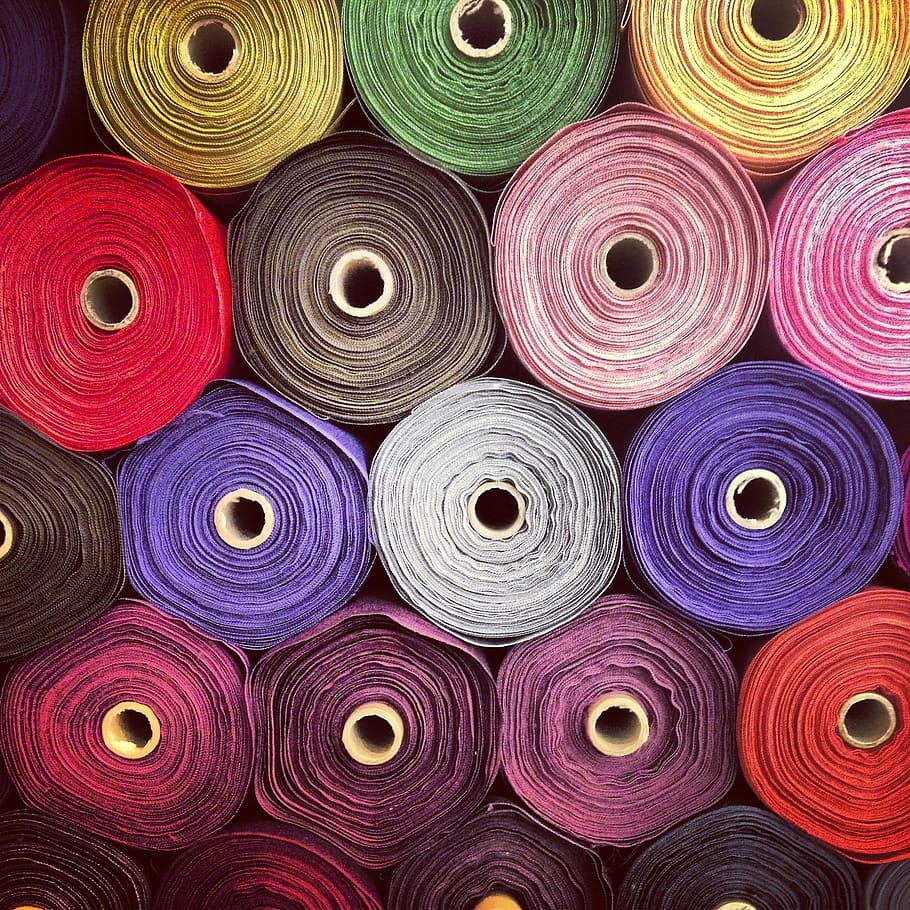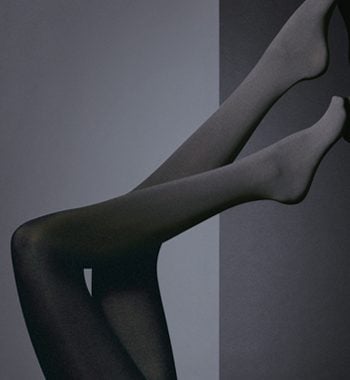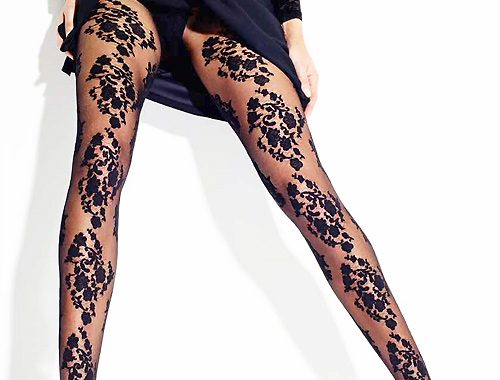What Is The Best Fabric For Hot Weather?

What Is The Best Fabric For Hot Weather?
What are the best fabric for hot weather? It is a question we all ask ourselves every time the warmer weather rolls around in spring and summer. We all need to add a few new items to our wardrobe every once in a while. So when the warmer months come around, it’s worth asking the question. Is this is the most breathable fabric you could be wearing right now?
Even if you think something is the best fabric for hot weather, it may not be the case. So let’s take a look at the very best options for summer fabrics that beat the heat.These are the finest fabrics and materials to wear during hot and humid weather. They will ensure maximum comfort and make you enjoy the summer season so much more. Better to do that than suffer in the unbearable rays of the sun. Check this list, and embrace the sun with a selection of breathable fabrics and lightweight materials.
Cotton
Cotton is an excellent choice for summer and for hot weather conditions. It is not only affordable and readily available, but also offers great breathability. With its softness, lightweight nature, and ability to absorb sweat, it is a miracle fabric. Cotton allows heat to escape from the body, keeping you cool. Available in various styles and colours, cotton can cater to your individual preferences. Additionally, cotton and synthetic blends are wrinkle resistant, reducing the need for ironing.
However, as we have mentioned, one of cotton’s greats strength is its weakness. Cotton has a tendency to soak up moisture. This is not too bad for a little bit of perspiration in the heat. But with excessive sweating, it may lead to heaviness and visible stains. This is especially bad when you wear lighter coloured garments. You should choose cotton for all but the most sweltering days of summer. It should be the default best fabric for hot weather in your wardrobe. Then, you will want our next miracle fabric. So let’s take a look at the most breathable fabric below.
Linen
Linen is a top contender for the single most breathable fabric for hot weather. It is almost as light as you can get. Silk may be the only thing that can contend with it, but there are downsides and trade off. For now, let’s just say that linen is the number one fabric for lightweight summer wear. It has a loose weave, which allows for heat to escape, keeping you cool and dry. Linen has excellent moisture absorption and quick dries. The former makes it an ideal choice for hot climates, and the latter for more humid ones. Although it can be a little stiff and naturally snappy. Many appreciate this characteristic though, and it is a part of the style and aesthetic of linen clothing. It makes them look smart, even though they are very good for casual wear.
Linen has its downsides though. The most obvious one is that it wrinkles easily. Linen always looks wrinkled and creased. Unless you iron the garment and put it straight onto a dummy or mannequin, it will always look creased. Some people dislike this, and insist on it being too casual. But for summer wear, most people will recognise that linen is difficult to keep pressed. So if you wear it to formal or business occasions this summer, don’t worry about it being little wrinkled. It is quite tough to clean too. If you need to clean your linen items, use only warm water and only gentle cleaning products. And don’t tumble dry, ever. It will shrink the item at best, and tear the fabric at worst.
Rayon
Rayon is a man-made fabric, but made with many organic components. It is created from cotton, wood pulp, and other natural or synthetic fibres. Rayon offers exceptional breathability for hot weather. Its thin fibres promote airflow, so the fabric doesn’t clinging to the body. Rayon is particularly comfortable to wear, making it an excellent choice for sportswear and summer dresses. And as it doesn’t cling, t-shirts made with rayon are also great. T-shirts don’t have as much air flow as a button down or blouse that opens at the front. So rayon t-shirts are superb and better even than cotton at keeping you cool.
However, it is important to note that rayon can shrink when washed in warm water. But much of this can be mitigated with blends, as rayon works really well with a cotton blend. Chose a garment with around one third rayon for an item with all the benefits, none of the drawbacks. For optimal care, you should dry clean rayon garments to avoid shrinkage or damage. But with a blend, usually washing washing is fine.
Chambray
Chambray is a little bit like denim. Wait, we hear you say. Surely denim in hot weather is simply impossible? Yes, but chambray is distinct from denim in a number of ways. It is really the only summer friendly material of the two. So what makes them so distinct from one another? Denim is a tightly woven cotton fabric. It is known for its sturdiness and sweat absorbing properties. This is similar to regular cotton thanks to their shared fabric base. However, denim can be heavier, which is why many prefer chambray for summer clothing.
Chambray is woven from cotton in the same way but without the tight weave. It is often referred to as imitation denim. It is all the benefits of denim without the heaviness of the fabric. Chambray also offers the same benefits as its bigger sibling. It is sturdy and comfy and washes well. But with a lighter weight, making it more suitable for hot weather. If you love the look of denim, then choose chambray for perhaps the single best fabric for hot weather.
Polyester
Polyester is a purely synthetic fabric. It is made from very durable plastic fibres. This means it is commonly used in workout clothes due to its sweat wicking capabilities. It efficiently draws sweat away from the body and dries quickly. This makes it an excellent choice for sports and outdoor fun under the sun.
Polyester is also a common fabric to blend with others. That is why you may find it in sheets and towels. However, it’s important to note the plastic threads in polyester may cause irritation to sensitive skin. Also, polyester is derived from a petroleum based mixture. All in all, polyester remains a good pick for its cooling properties in hot weather.
Nylon
Nylon is another lightweight and purely synthetic fabric. It is frequently used in athletic wear, and is designed to move sweat away from the body. Its stretchiness and lightness make it an excellent choice for a lot of different garments.
Sports jackets, running shorts, sports bras, shirts, and even high performance athletic shoes. The most common use might actually be tights though. Nylon offers both flexibility and durability. It is also really quite comfortable and is very easy to clean. Although you need to hand wash lighter garments, don’t worry for more robust and thicker items like a shirt. Just don’t wast them too hot, or the fabric can warp.
Silk
Silk, the final fabric on our list, and for good reason. It is about the most luxurious fabric you can wear. And it is among the most warm weather ready too. Silk is a luxurious fabric that originates from natural fibres obtained from silkworm cocoons. It is not only soft and luxurious, but also highly breathable. This makes it suitable for summer weather. Interestingly, silk also retains its warmth in cold weather, so it is not too bad for the winter too.
It does not really absorb sweat very well though, and can leave noticeable stains in the underarm area. The only other downside is that is must be treated carefully when washing, and should be dry cleaned ideally. Nevertheless, silk remains the number one fabric for luxury and for warm weather readiness. It is simply so stunning and so unbeatable as a garment. And it isn’t at all flimsy. Silk is one of the most durable fabrics in the world, and has incredible tensile strength. If you care it, a silk garment will last your whole life. This might just be the single best fabric for hot weather.





